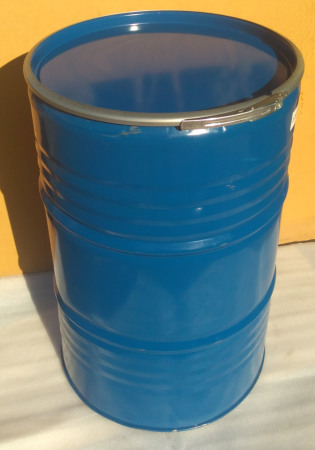Phone +81364359017
Fax +81364359018

Sunflower honey
Sunflower is not only a valuable oil-bearing crop that is actively cultivated worldwide; it is also an exceptional honey plant. It starts to bloom around mid-July and blooms for about a month. During this period, the bees that live near the sunflower field start to actively collect pollen and nectar, and the honey they produce from it is called sunflower honey.
Sunflower honey is the best among other apiculture products when it comes to glucose content. Other than that its composition is not much different from any other type of honey, but thanks to the nature of sunflowers it contains a lot more vitamin E and PP. It also contains the largest (compared to other kinds of honey) amount of β-carotene.
Sunflower honey’s caloric content is quite high - 320 kcal per 100 gr.
Like any honey produced by bees, it’s composition is approximately 81% carbohydrates (glucose, fructose, a little sucrose and others), 19% water, 3% vitamins, proteins, enzymes, amino acids and dextrins, and 1% mineral substances.
Honey helps to restore vitality, strengthen health, cure existing diseases and improve one’s mood. Enjoy it during the cold season with warm tea or milk.
Shelf life: 2 years.
Can be supplied in large quantities in 200l metal barrels with special food coating applied.
Linden honey
This type of honey is considered to be the best and can be used to prevent and treat various diseases. A linden tree blooms for about 1-2 weeks. Natural linden honey color depends on the honey plant’s location – it varies from absolutely clear to light-amber with golden hue. After about 6-7 months (and probably even earlier) it crystallizes and becomes light-yellow.
It contains 36.5% glucose, 39.2% fructose, 3.2% sucrose, 5% dextrins.
This type of honey has quite amazing taste and healing properties. Rich in mineral salts, biologically active substances, essential oils and vitamins, it also contains farnesol, which determines its useful properties and the direction of treatment.
Natural linden honey has significant antiseptic, anti-inflammatory, diuretic, antipyretic and fortifying properties. It is used to treat cold (sore throat, bronchitis, tracheitis, laryngitis, runny nose), bronchial asthma, heart diseases, etc.
Shelf life: 2 years.
Can be supplied in large quantities in 200l metal barrels with special food coating applied.
Acacia honey
Acacia honey is the lightest of all types of honey. Possessing a similar composition, it differs in color depending on which honey plant it comes from – either white or yellow acacia. In the former case, it is transparent and acquires a white color after crystallization, has a fine-grained structure. In the latter - it acquires a light yellow, lemon color with a slightly green tinge.
Its distinctive feature is slow crystallization: it remains liquid for a year. This is due to the high amount of fructose and low amount of sucrose in its composition. The taste and aroma is tender, intensifying after ingestion. The flowery sweetness is impossible to mistake for anything else.
Another distinctive feature of acacia honey is high amount of fructose in its composition. Fructose is the sweetest natural substance. Acacia honey is 40% fructose, 35% glucose, 19% water and 8% polysaccharides.
Since no insulin is required to digest it, it is perfectly fine for people with diabetes. There are practically no contraindications. Acacia honey has an antimicrobial effect. Due to enzymes in its composition, it has a positive effect on digestion. It is very nutritious (336 kcal per 100 g). It is used in medicine, cosmetics and cooking.
Shelf life: 2 years.
Can be supplied in large quantities in 200l metal barrels with special food coating applied.
